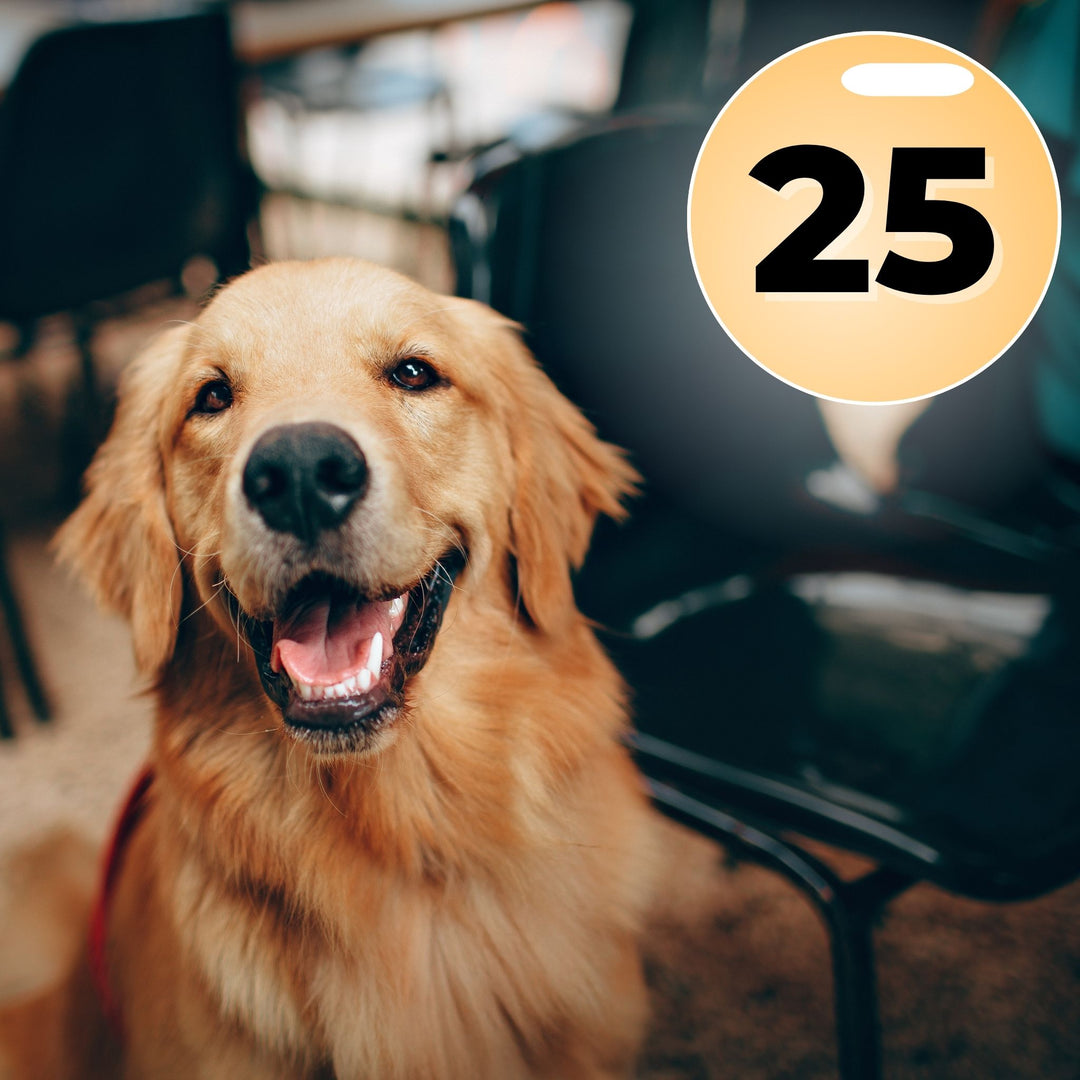What is Your Body Telling Your Dog?
Our dogs use a plethora of body cues and signals to communicate with one another and us. We also communicate to our dogs using our bodies, whether we mean to or not!
You do this in everyday life.
Want your dog to move along with you? You turn you whole body and head in the direction you want to go.
Want a baby puppy to come to you? Back straight up while saying, “PUPPY, PUPPY, PUPPY” in the cutest baby voice ever.
Come across something incredibly gross while on a walk with your pup? Quite literally, body block your dog from getting to it while charging off away from it.
We almost intuitively understand how to communicate our intentions to our dogs using our bodies.
Yet, this all seems to fall apart when we are talking about Scent Work.
We see our dog is working an odor puzzle, so we back up.
“I’m giving them space to work!”
We think our dog is closing in on source, so we step in.
“I’m getting ready to reward them!”
We need to ensure we cover the search area, so we turn away from our dog and scan the space.
“I’m planning where to go to next!”
All these reasons make perfect sense to us as humans (we don’t want to crowd the dog, we want to get in quickly to reward, we want to plan where to go next), but can you see how they could potentially give mixed signals to the dog?
Backing up is calling the dog to US, away from odor.
Stepping into the dog, especially frontally, could PUSH the dog off odor.
Looking away from the dog could pull them off odor information they were possibly working.
At the very least, these mixed signals may cause our dogs to question our intentions.
“Um, human, is that what you really meant?”
What does a dog look like when they are asking their person a question?
They stop and look at their person.
In Scent Work, this will cause the handler to then ponder, “Oh, the dog looked at me…was that THE look meaning they found source…or was it some other kind of look…I DON’T KNOW!”
So yes, all this confusion can lead to false alerts too.
Biggest piece of advice: video your searches, watch what YOU are doing and ask yourself some questions:
Check out the Zinn Sternberg Nosework Collaborative Video Review Webinars.
Curious as to the cause and possible cures for false alerts in all four search elements? Check out these webinars offered through Scent Work University:
#scentworkutrainingtips #handling #handlers #bodycues #scentwork #nosework #scentworktraining #noseworktraining #onlinescentwork #onlinenosework #scentworku #scentworkuniversity
You do this in everyday life.
Want your dog to move along with you? You turn you whole body and head in the direction you want to go.
Want a baby puppy to come to you? Back straight up while saying, “PUPPY, PUPPY, PUPPY” in the cutest baby voice ever.
Come across something incredibly gross while on a walk with your pup? Quite literally, body block your dog from getting to it while charging off away from it.
We almost intuitively understand how to communicate our intentions to our dogs using our bodies.
Yet, this all seems to fall apart when we are talking about Scent Work.
We see our dog is working an odor puzzle, so we back up.
“I’m giving them space to work!”
We think our dog is closing in on source, so we step in.
“I’m getting ready to reward them!”
We need to ensure we cover the search area, so we turn away from our dog and scan the space.
“I’m planning where to go to next!”
All these reasons make perfect sense to us as humans (we don’t want to crowd the dog, we want to get in quickly to reward, we want to plan where to go next), but can you see how they could potentially give mixed signals to the dog?
Backing up is calling the dog to US, away from odor.
Stepping into the dog, especially frontally, could PUSH the dog off odor.
Looking away from the dog could pull them off odor information they were possibly working.
At the very least, these mixed signals may cause our dogs to question our intentions.
“Um, human, is that what you really meant?”
What does a dog look like when they are asking their person a question?
They stop and look at their person.
In Scent Work, this will cause the handler to then ponder, “Oh, the dog looked at me…was that THE look meaning they found source…or was it some other kind of look…I DON’T KNOW!”
So yes, all this confusion can lead to false alerts too.
Biggest piece of advice: video your searches, watch what YOU are doing and ask yourself some questions:
- Are you running the search on or off-leash?
- Is there a difference between the two?
- How close are you to your dog?
- Where are you in relation to their dog (are you parallel to them, ahead of the line of their shoulder or directly behind them)?
- When your dog slows or stops, do you shadow them, or do you keep moving?
- If your dog changes direction, what do you do?
- When your dog is clearly in odor, what do you do?
- When they are sourcing a hide, what do you do?
- What does the dog do in RESPONSE to you?!
Check out the Zinn Sternberg Nosework Collaborative Video Review Webinars.
Curious as to the cause and possible cures for false alerts in all four search elements? Check out these webinars offered through Scent Work University:
- Cause and Cure of False Alerts: Container Searches Webinar
- Cause and Cure of False Alerts: Interior Searches Webinar
- Cause and Cure of False Alerts: Exterior Searches Webinar
- Cause and Cure of False Alerts: Vehicle Searches Webinar
#scentworkutrainingtips #handling #handlers #bodycues #scentwork #nosework #scentworktraining #noseworktraining #onlinescentwork #onlinenosework #scentworku #scentworkuniversity
Join Our Newsletter
Stay up to date with all the happenings at Scent Work University, including the release of new online courses, seminars, webinars, eBooks and receive exclusive promotions and discounts!




